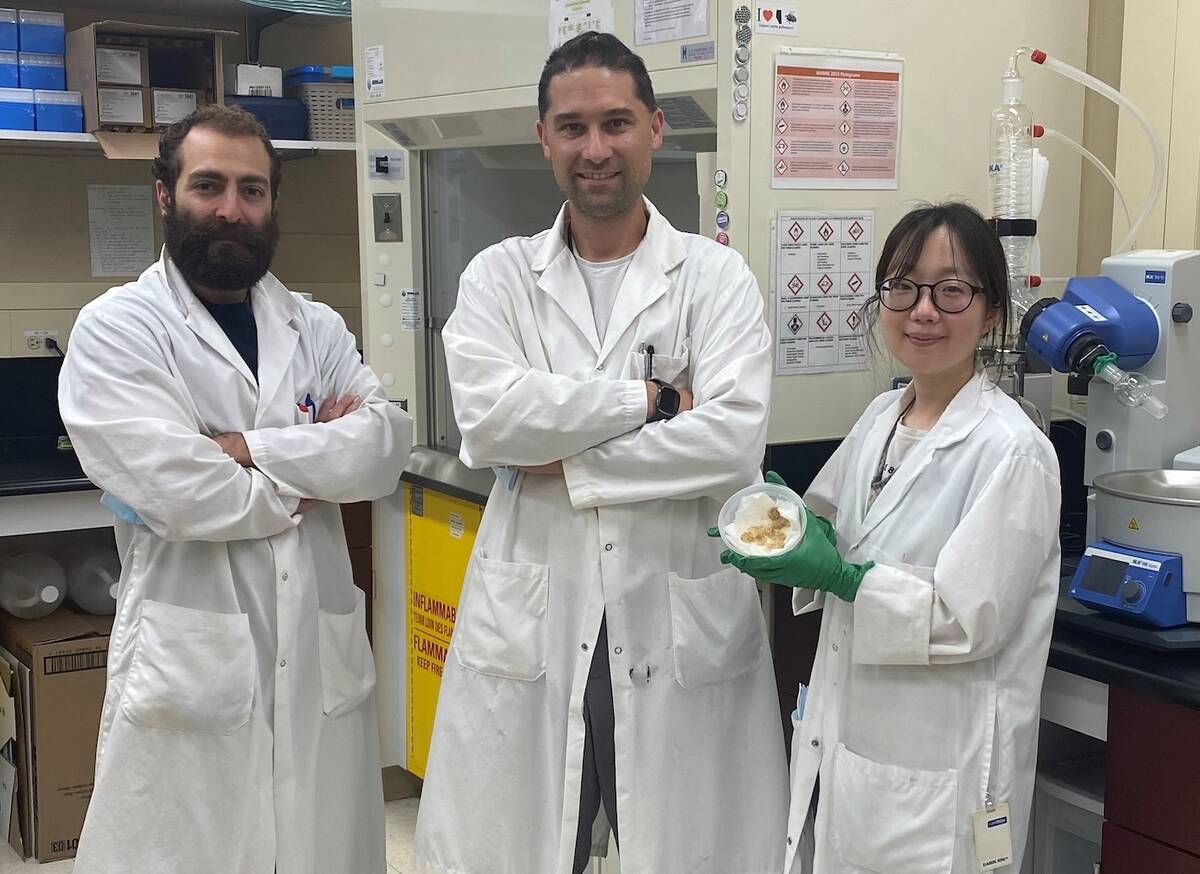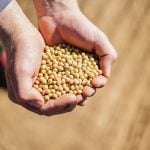Cubans are applying for land by the tens of thousands for the first time since the 1960s as part of the Communist government’s reform of the state-dominated agriculture sector, a top farm leader said.
The president of the National Association of Small Farmers, Orlando Lugo Fonte, told members at a meeting in eastern Guantanamo province that some 80,000 land requests have been made by workers, private farmers, co-operatives and state companies since applications began in September.
Lugo’s comment, reported in state-run media on Nov. 16, was the first to give any national data for the land lease program, though he did not say how much land had been requested, how much had been leased so far or to whom it had been given.
Read Also

Nanotechnology used to develop genetic pest control
Researchers from Agriculture and Agri-Food Canada are working with nanotechnology and RNA to develop new pest insect control methods as an alternative to chemical spray on crops.
The land is supposed to be granted from 45 to 100 days after application, but three hurricanes and the Caribbean island’s state bureaucracy have slowed the process, according to sources.
Cuba has not handed out land on such a large scale since shortly after the 1959 revolution when large landholdings were nationalized and some of the acreage given to small farmers.
The current program is part of President Raul Castro’s agricultural reform aimed at increasing domestic food production and decreasing reliance on imports.
It allows private farmers who have been productive to lease up to 99 acres of land for 10 years, with the possibility of renewing for another 10.
Cuba has around 250,000 family farms and 1,100 private cooperatives, but they till less than one-third of the land.
The remainder of the land is owned by the state, and half of that lies fallow.














